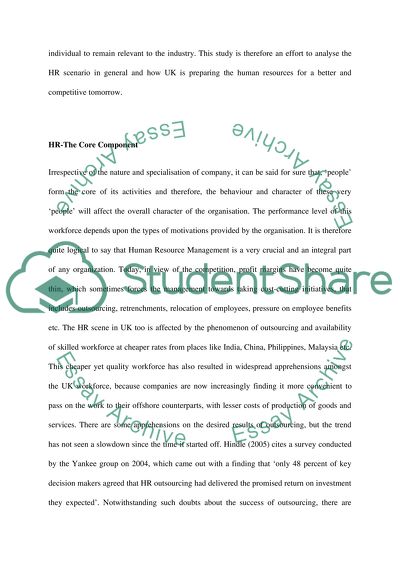Cite this document
(“Managing and Developing the Human Resources Research Paper”, n.d.)
Managing and Developing the Human Resources Research Paper. Retrieved from https://studentshare.org/human-resources/1532296-employee-development-essay
Managing and Developing the Human Resources Research Paper. Retrieved from https://studentshare.org/human-resources/1532296-employee-development-essay
(Managing and Developing the Human Resources Research Paper)
Managing and Developing the Human Resources Research Paper. https://studentshare.org/human-resources/1532296-employee-development-essay.
Managing and Developing the Human Resources Research Paper. https://studentshare.org/human-resources/1532296-employee-development-essay.
“Managing and Developing the Human Resources Research Paper”, n.d. https://studentshare.org/human-resources/1532296-employee-development-essay.


